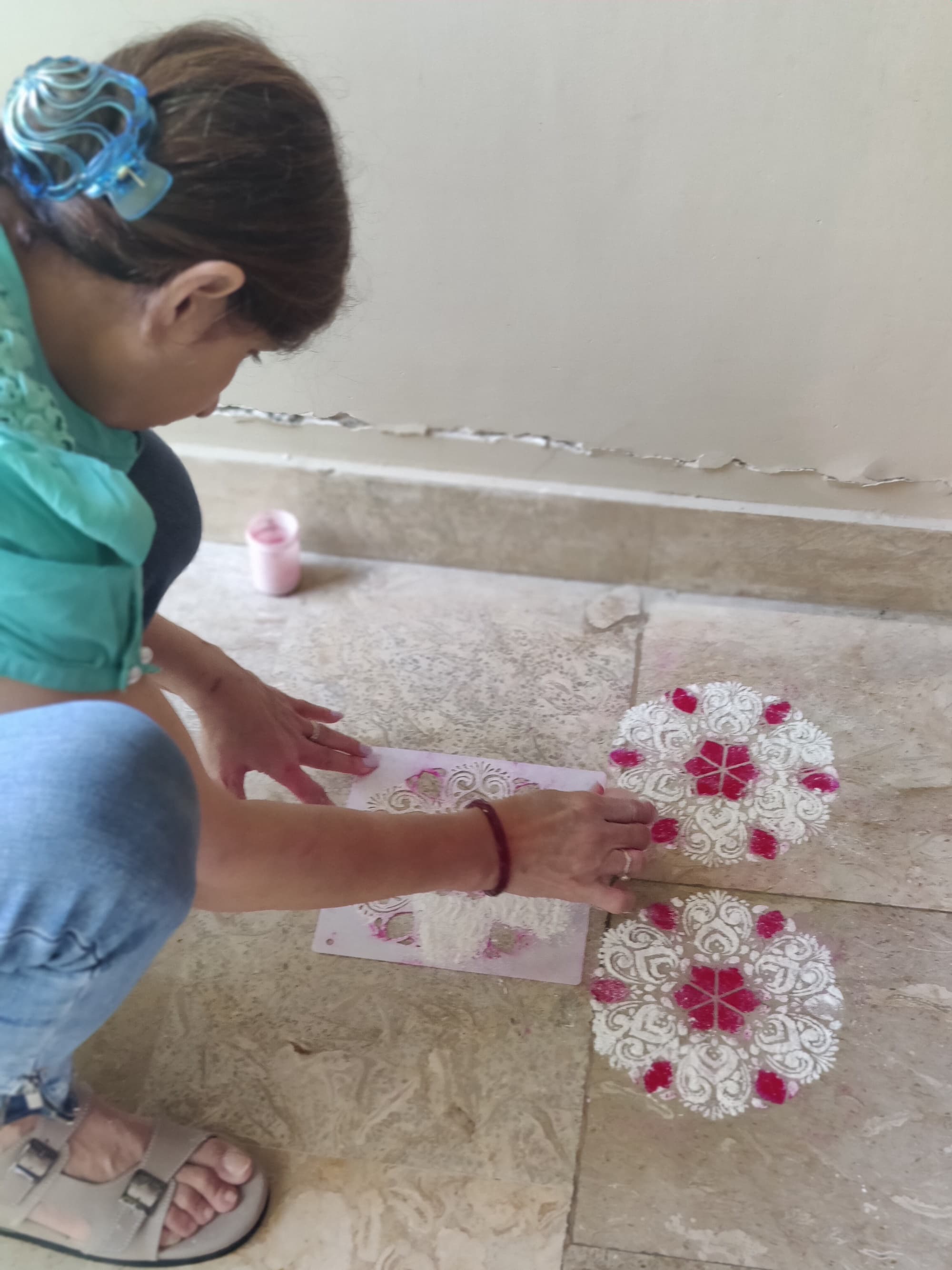How I celebrate Navroze in Karachi
21st March. First day of Spring. Persian Navroze.
Five years ago, I left for Australia, and in five years, I haven’t celebrated Navroze, which has always held a special place in my heart. This year, I came home to ground myself and when better to do it than when the season changes and a new year begins.
There are many different spellings of the name but the essence is that Navroze originated from Persia and is celebrated worldwide by various ethnolinguistic groups. In the Iranian language, it is written ‘Nawruz,’ which translates to ‘New Day’.
Traditions have been adapted by Zoroastrians all over the world and each family celebrates Navroze differently. For myself, Navroze always felt like Christmas came early — even though Christmas literally left three months ago. It’s not a very elaborate day but it’s definitely a special one. A time for families to come together, eat meals together and for gifts to be exchanged. A very important aspect of Zoroastrian culture is that we don’t really take ourselves too seriously. Our motto is quite literally ‘Bhonu khavanu, daaru peevanu ne maja karvanu’— which translates to eat, drink and be merry.


A typical Navroze day in the Mavalvala household goes like this — Mum is up by 8 am to do rangoli on the floor before our front door and on the entry steps. Mumma sits there with white chalk, her paper cutouts of designs and 20 different colours of powdered chalk. I love assisting Mumma with it.

The rest usually wake up at 9am to get ready to go to the fire temple. But first — ‘Parsi Choi’. Mumma makes the best cup of Parsi ‘Choi’ (fight me). We usually have a new set of clothes purchased to wear as well. Once everyone’s showered and ready, we first go greet our Daadi next door and my aunt on the other side. Daadi does ‘sagan’ (gift giving) with chalk on the floor — which you step onto with your right foot first, and a teeka between your brows and then rice gets thrown over our heads as a sign of prosperity. The ‘totka’ in the Parsi tradition is that the number of rice grains that stick to your teeka is the number of kids you’ll have — don’t ask, I don’t know where this came from either.
Following Daadi’s visit, we make our way to the fire temple, which is in Saddar. We light ‘divas’ (glasses filled with oil with a wick in the middle) there and say a little prayer in front of the ‘Aatash’ (the eternal fire). That Aatash is kept alive using sandalwood and prayers and is said to never burn out until the day of judgement. I say prayers for my well-being, my family’s well-being and for those who are also no longer with us. It’s a special feeling being in that environment. It keeps me grounded and keeps me close to my roots.

A special place to visit after the fire temple is Naani’s house where memories are made and grandkids are spoilt. Naani’s house has all the goodies. Mainly ‘Rava’ — (sooji dessert), which is a traditional Parsi dessert made from semolina, coated with almonds and raisins and filled with sugar that can possibly cause a cardiac arrest (it's totally worth it though).

Lunch is spent in the Mavalvala household with dhandaar (yellow lentil daal) and prawn paatia (tomato gravy with prawn). We proceed to have a mini nap before we gather for dinner at night with the whole family — grandparents and all — and go for a nice fancy dinner, dressed either in a fancy new suit or, if we’re feeling adventurous, a saree. As you can tell, there’s just a lot of food involved.
For five years, I’ve missed out on this tradition and I’m so happy to be spending it this year in the place and home I grew up surrounded by my family.
This story is part of a series on celebrations of holidays of religious minorities in Pakistan. If you would like to share your story, write to us on images.web@dawn.com





Comments